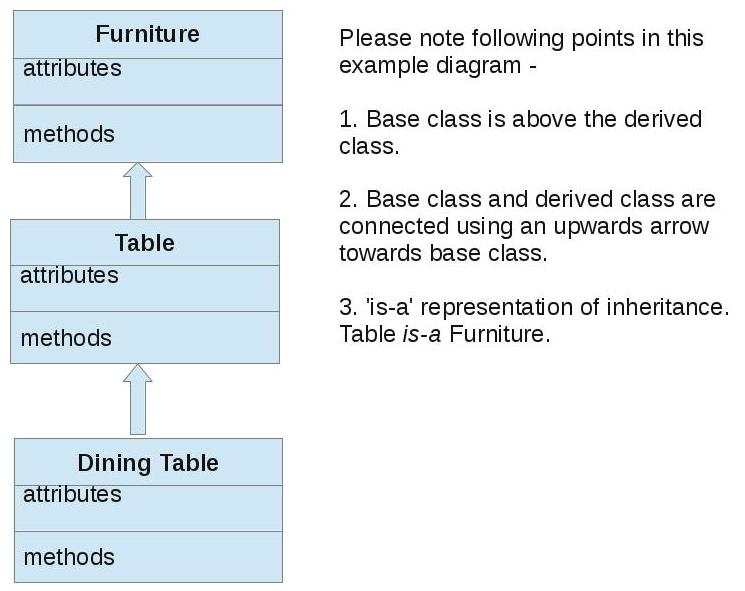Also known as Liskov substitution principle, it states that a derived entity should be behavioral extension of the base entity and not just syntactical extension.
The Liskov Substitution Principle “L”
This is an often overlooked principle while defining class hierarchies. Base & derived classes should have behavioral relation between them and Inheritance should not be applied just for the sake of reusing code.
As per LSP, objects of Base class should be replaceable with objects of Derived class without any change in the behavior or correctness of the application.
Inheritance signifies an Is-A relation between the derived class and the base class but at times, it can be misleading. Couple of classic examples:
- Square extends Rectangle: In basic geometric terms a square is a specific form of rectangle, so it might seem right for Square class to derive from Rectangle.
- In object oriented design terms, a Rectangle has 2 sides but a Square has only 1.
- When Square class extends Rectangle, it gets more variables than it needs and thus would need to do some work-around to achieve true behavior of a single side square.
- Consider the following code snippet defying Behavioral Subtyping. setHeight() of Rectangle changes the value of variable height but setHeight() of Square changes both height & width. If clients replaces a Rectangle object with a Square object, then they will observe (unexpectedly) that setHeight() changes both height & width.
public class Rectangle {
protected int height;
protected int width;
public int getHeight() {
return height;
}
public void setHeight(int height) {
this.height = height;
}
public int getWidth() {
return width;
}
public void setWidth(int width) {
this.width = width;
}
}
public class Square extends Rectangle {
@Override
public int getHeight() {
return super.getHeight();
}
@Override
public void setHeight(int height) {
super.setHeight(height);
super.setWidth(height);
}
@Override
public int getWidth() {
return super.getWidth();
}
@Override
public void setWidth(int width) {
super.setHeight(width);
super.setWidth(width);
}
}- Stack extends Queue: Both of these data structures have put() and get() methods. The put() method for them is same because it adds an element at the end of the data structure. The get() method is different; it implements FIFO in case of Queue and LIFO in case of Stack.
- Defining Stack to extend Queue does provides code re usability but breaks the Liskov substitution principle because a Queue cannot be replaced with Stack without changing the underlying behavior.
- A better class design would be something like the following. An abstract class AbstractCollection contains the common code of put() method and both Stack and Queue extend the abstract class to add concrete definition of get() method.

As per Wikipedia, Liskov substitution principle says “if S is a subtype of T, then objects of type T in a program may be replaced with objects of type S without altering any of the desirable properties of that program“.
In practice, applying this principle helps in deciding between Inheritance (Is-a) and Composition (Has-a) relation between classes.
Consider the following example of Rolling File Logger.
The objective is to add log messages to a file and roll the file based on the size of file. The library needs to support another functionality of rolling the log file based on time interval.
In this first approach (Figure 2) which defies Behavioral Subtyping, these two functionalities can be achieved by TimeRollingFileLogger extending SizeRollingFileLogger and overriding the method isRolloverRequired() which determines when to roll the log file.

A better design is to separate the Rolling Strategy from the FileLogger like:

In the second approach of Figure-3, FileLogger has-a RollingStrategy and Interface RollingStrategy is implemented by three different concrete classes for three specific strategies viz None, SizeBased and TimeBased.
The second approach better adheres to the behavioral relation between FileLogger and it’s rolling strategies in term of Object Oriented Design.
Conclusion
Behavioral Subtyping OR Liskov Substitution Principle helps in defining proper Object Oriented Design relation between classes by distinguishing Composition and Inheritance.

